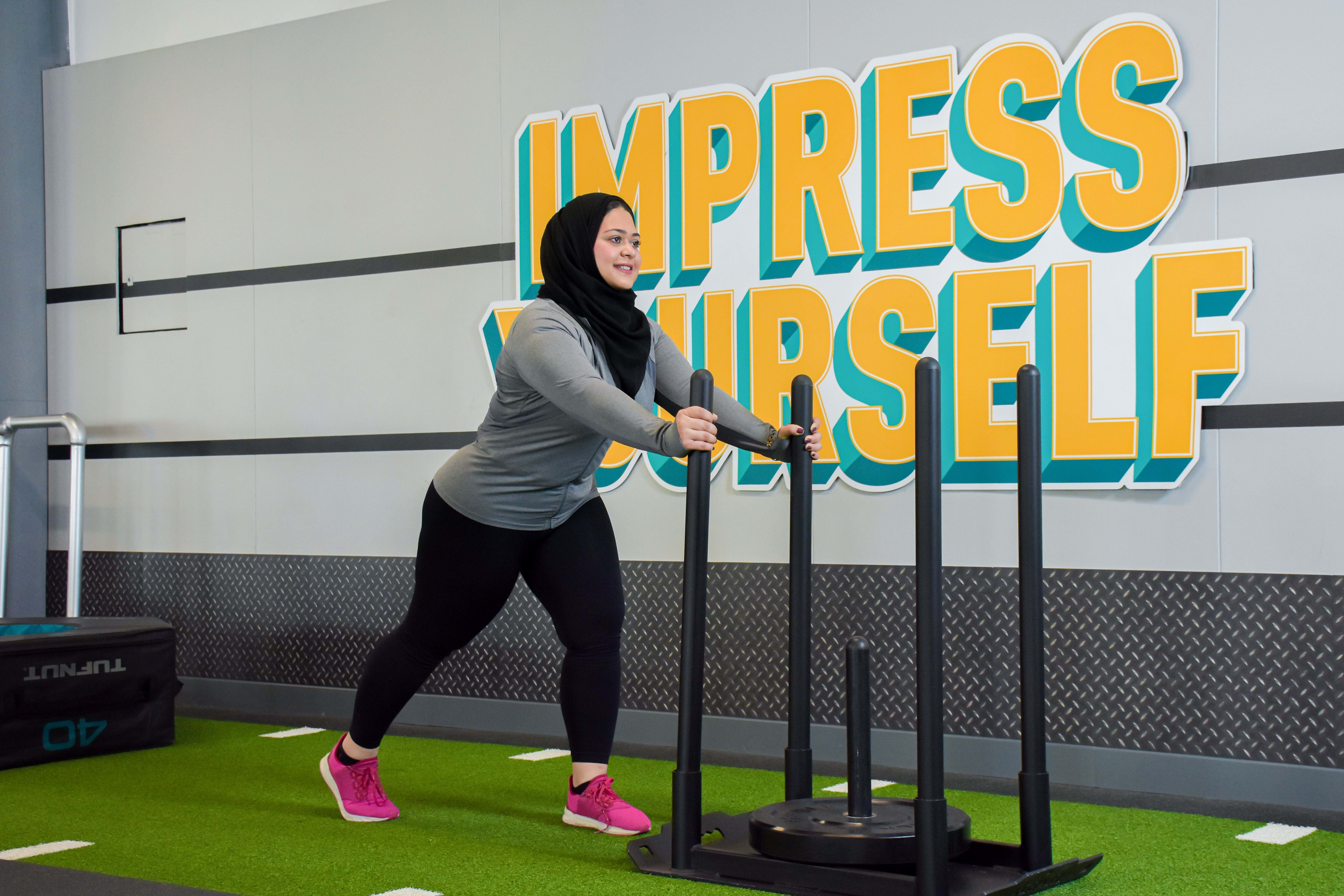What Is Functional Training and Why Should You Try It?

Functional training isn't just a fitness trend, it's a smarter, more sustainable way to build strength, improve balance, and move better in your daily life. As more people look for ways to move better and feel stronger in everyday life, functional workouts are gaining popularity for their practical, lasting results. Discover how functional training works, its impact on your everyday routine, and why it might be the best addition to your fitness journey.
How Functional Training Improves Daily Life
Functional training focuses on preparing your body for real-world activities, not just gym performance. It strengthens multiple muscles and joints together, making simple things like bending, lifting, twisting, and even balancing feel easier.
Here’s how it impacts your day-to-day life:
Better Flexibility and Mobility: Functional exercises improve your range of motion and help you move freely without stiffness or discomfort.
Stronger Heart Health: Many functional workouts (like full-body circuits) boost cardiovascular endurance, supporting a healthier heart.
Lower Risk of Injury: By strengthening the muscles around your joints, functional training helps protect you from common strains and sprains.
Improved Posture and Alignment: Movements that target your core and lower back can ease tension and reduce back pain. This is especially important if you spend hours sitting at work.
Support for Weight Management: Compound exercises burn more calories, build muscle, and help improve your overall fitness level.
Simply put, functional training isn’t just about looking fit. It’s about feeling stronger, more mobile, and more capable every day.
Functional Training vs. Strength Training: What’s the Difference?
At first glance, functional and strength training might seem similar, but they serve slightly different goals.
Strength Training: Focuses on building muscle by targeting one muscle or muscle group at a time. Think traditional moves like squats, deadlifts, or push-ups, often using heavy weights to build size and strength.
Functional Training: Prioritizes practical movements that engage multiple muscles at once. Exercises focus on core stability, balance, and coordination, helping your body perform better as a whole unit.
Choosing between the two depends on your goals. If you want pure muscle size and strength, strength training is essential. If you want overall mobility, flexibility, and injury prevention, functional training is your friend. Truth be told, a balanced fitness plan usually includes a healthy mix of both.
Popular Functional Training Exercises to Get You Started
You don't need fancy equipment to start functional training. Many exercises can be done at home with just your body weight or simple tools like resistance bands or kettlebells. Here are a few beginner-friendly moves:
- Squats: This is a lower-body exercise that strengthens the legs, glutes, and core.
- Lunges: A single-leg movement that improves balance and builds leg strength.
- Kettlebell Swing: A dynamic exercise targeting the hips, glutes, and shoulders.
- Push-ups: A bodyweight move that works the chest, arms, and core.
- Burpees: A full-body cardio exercise that boosts endurance and burns calories.
- Planks: A core-strengthening hold that builds stability in the abs, back, and shoulders, great for posture and control.
Start slow, focus on your form, and gradually build strength. You’ll be amazed how quickly your balance, posture, and endurance improve.
Common Misconceptions About Functional Training
There’s a lot of confusion around functional training, especially among beginners. Let’s clear up a few misconceptions:
- “It’s only for athletes.”
Not true! Functional training can be adapted to any fitness level, whether you're a beginner, intermediate, or advanced exerciser.
- “The movements are too complicated.”
At first, exercises are simple and approachable. As you get stronger, you can gradually add complexity to match your growing skill.
- “It doesn’t help with weight loss.”
While weight loss isn’t its only goal, functional workouts burn calories, boost metabolism, and build lean muscle; all key for maintaining a healthy weight.
- “It’s not effective for muscle building.”
While it’s not focused on muscle size, functional training strengthens muscles across your body. With enough resistance and progression, it absolutely promotes muscle growth.
- “It requires expensive equipment.”
No gym membership? No problem. Many functional workouts can be done with little to no equipment; just your body weight or affordable tools like resistance bands, dumbbells, or a kettlebell.
Finally, functional training isn’t about lifting heavier or running faster; it’s about moving better, living better, and protecting your body long-term. You can start with just a few simple exercises at home, using your body weight, and gradually build your routine at your favorite fitness center like PureGym.
Over time, you’ll notice not just stronger muscles, but easier movement, fewer aches, and confidence in how you carry yourself. Because when your body moves better, everything gets a little easier.
Frequently Asked Questions
- Is functional training good for weight loss?
Yes, functional workouts help boost metabolism, improve muscle tone, and burn calories, supporting healthy, sustainable weight loss.
- Can functional training help with back pain?
Absolutely. Many functional exercises target core and lower back strength, which can relieve existing pain and prevent future issues.
- Can you build muscle through functional training?
Yes. Though the focus is on mobility and strength, functional movements build lean muscle effectively by engaging multiple muscle groups at once.